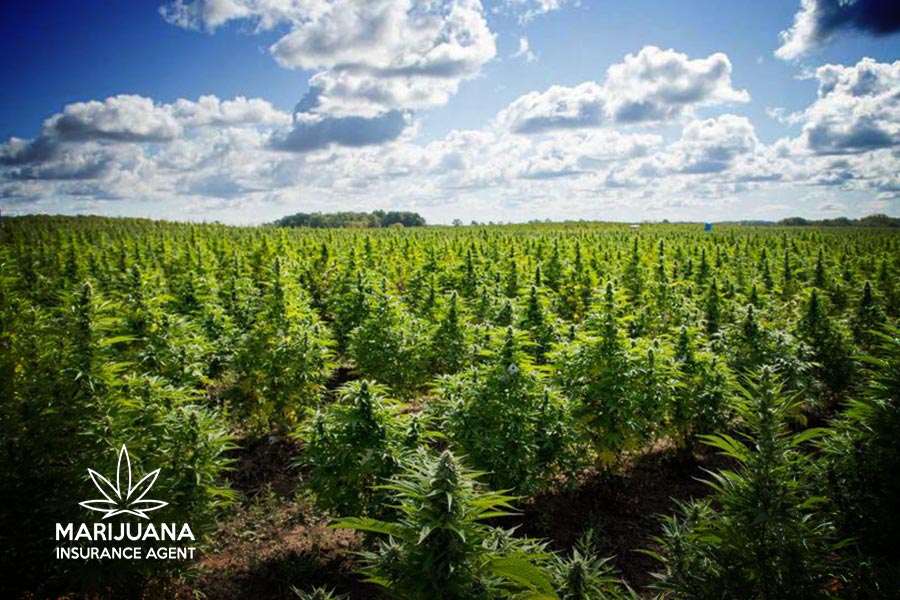Wildfires are increasing in both intensity and frequency in parts of the US, often in areas best suited for growing marijuana outdoors.
A wildfire could spell financial ruin for marijuana farms in particular since so few are insured. This isn’t because marijuana farmers are natural risk takers. The issue is that only a handful of insurance companies are willing to offer protection to cannabis businesses due to federal prohibition and pervading social stigma.
While this situation is slowly changing, with more insurance companies pivoting toward the legal cannabis industry, change may not come quick enough before the next fire season.
With this in mind, here’s some measures suggested by CalFire that you can take to protect your cannabis farm from a wildfire outbreak.
- Clear 100 feet of space around all structures, especially of combustible materials.
- Trim and prune plants to at least five feet above ground to stop “fire ladders” of combustible materials.
- Clean out gutters.
- Mow grassy areas in late spring or use goats to keep them trim.
- Ensure you have water hoses connected at various points around the property.
- Ensure you have enough fire extinguishers — ideally one per room.
- Make it easy for your farm to be found by firefighters, by clearly signposting the number and address.
- Pack an evacuation bag with essentials in case of an emergency.
- Make a plan for any animals on the farm.
On top of these generic guidelines, there are plenty of other precautions you can take that are specific to marijuana farms that will reduce the chances of wildfire damage.
Fireproofing farm measures
First up, don’t let fallen and pruned branches and leaves accumulate. Collect them and put them through a wood chipper. Then mix it with more leaves, compost and grass cuttings so you can add it to your marijuana beds in spring.
Look into installing an automated drip irrigation system. It’s relatively straightforward to set up timers and solenoids on your main water supply line and each of the branches that water your plants. And it’s a worthwhile thing to do if your farm receives a wildfire evacuation order and you’re no longer there to manually water your crop.
Inspect and maintain all of your electrical connections. In particular, replace frayed wires, old fuses and test for system grounding.
Install smoke detectors in all structures and regularly test them.
Store petroleum products and other flammable liquids away from structures in sealed containers away from structures. Any passing ember could cause an explosion.
Consider installing your own “fire-hydrant” system with a tank of at least 6,000 pressurized gallons of water.
Discuss an evacuation plan with everyone else on the farm. Work out the best escape routes.
To minimize the risk of wildfires caused by smoking, insist that no one walks and smokes on the farm. If employees want to smoke, then sit down and use an ashtray!
And what if you need to evacuate your farm? What of your harvested cannabis plants?
At least in California, marijuana license holders are permitted to transport marijuana to a secure location if they give the state Department of Food and Agriculture (CDFA) 24 hours notice. Each state and county will have it’s own specific regulations in place, so be sure to look into these.
Even after a wildfire passes and leaves your farm relatively untouched, there’s still likely to be some damage and work to do to save your cannabis crop.
You may need to use a leaf blower to clear ash from your plants. You can also spray the leaf tops and back with water to help open the plant’s stomata and promote more breathing.
Finally, if you’re worried about the effect of the smoke on your plants, you could try immersing each in a barrel of diluted hydrogen peroxide, then another barrel with clean water before leaving them to dry. This will help remove any contaminants. Be sure to change the clean water after every three or four plants.
These are all little steps, but taken together they could help prevent or minimize fire damage to your cannabis farm.

Leave A Comment